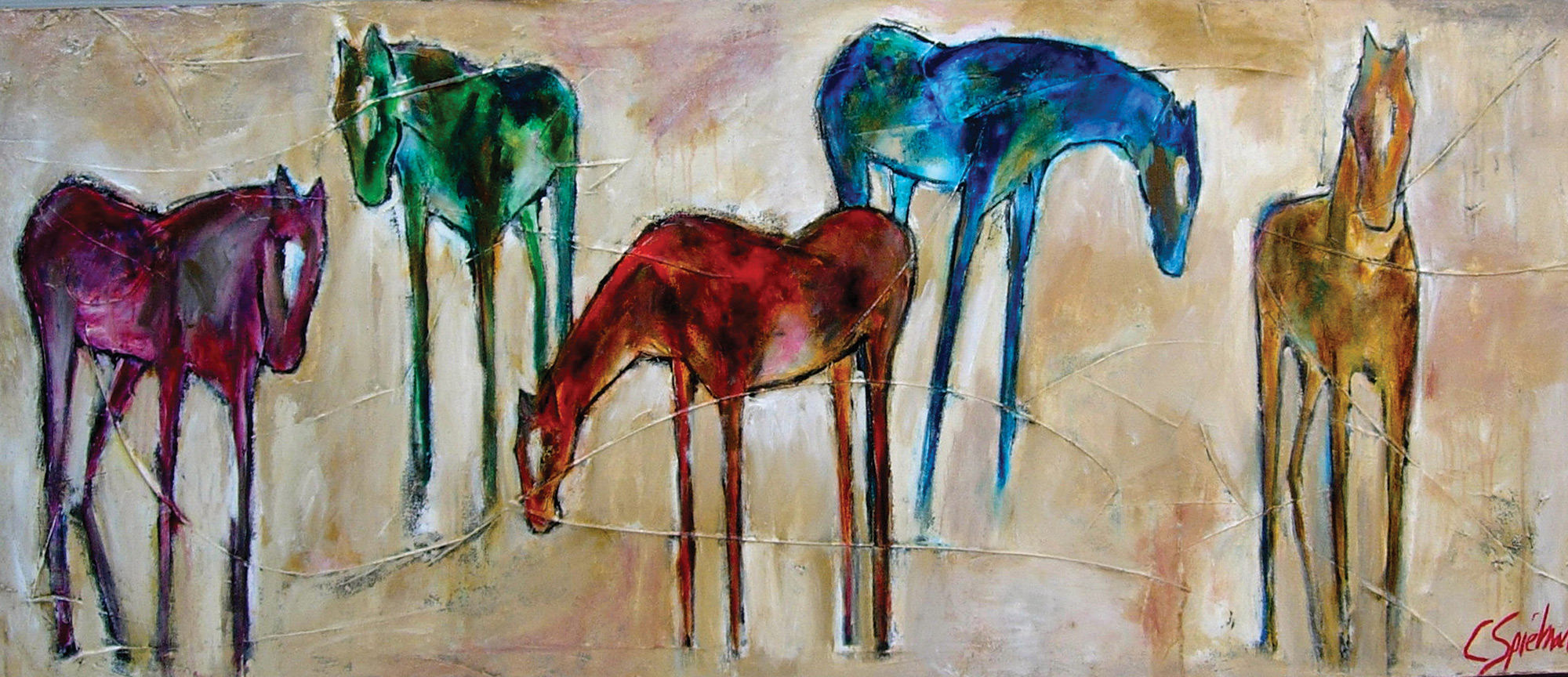
04 Aug The Horse in Art
When painter Carol Spielman grew up in Washington’s San Juan Islands in the 1970s, horses were her main source of transportation. One afternoon, she and her friends rode bareback to the beach and right into the water. “We walked out about a half mile to where they couldn’t touch. The second they can’t touch they start to swim, and you are one with them. You feel their power,” she says.
That feeling was forever burned into her memory, and it’s that same feeling she tries to capture through her signature paintings featuring brightly hued horses with elongated limbs. “My objective is more minimalistic; I try to pare down and take away as much as possible and create an essence and a feeling,” Spielman says.
There’s no denying that horses have a stoic beauty. And throughout history, the horse has influenced civilizations, creating advancements in warfare, trade, transportation, agriculture, sports and many other facets of life. “Through our partnership with horses we can run faster, jump higher, hunt or fight more effectively, explore further and pull harder,” explains Diana Jensen Vestergaard, artist, photographer and art historian specializing in equine themes. “The moment we sit upon a horse or harness the horse’s power and noble, gracious spirit, man is transformed in body, and many will argue, also in mind and spirit.”
Along with their practicality, horses also strike an emotional nerve in many people, says Vestergaard. They seem to project a sense of freedom, companionship, progress and adventure that runs deep — maybe deeper than we even know. The Australian poet Pam Brown captured the symbolic essence of the horse when she declared, “A horse is the projection of people’s dreams about themselves — strong, powerful, beautiful — and it has the capability of giving us escape from our mundane existence.”
For these reasons and others, horses have long been immortalized in art and literature. This animal is ever-present in mythology, sometimes adorned with wings. They were painted on prehistoric caves, documented in various mediums as empires rose and fell, and were painted as symbols of wealth and stature in sporting art. In the United States, horses peek at us from paintings of the Revolutionary and Civil War eras and appear in portraits alongside presidents or generals and soldiers poised for battle. The documentarian artwork that represents the discovery and settlement of the West exhibits the importance of horses in Native American culture as well as the horse’s important role in pioneer life as they carried weary settlers over mountains and across prairies. And, of course, the influence of the horse in cowboy culture in the paintings of the Old West prominently endures today.
This iconic creature is still a mainstay in fine art, and the essence of the horse is captured in a number of mediums and art movements during the 21st century. Why artists choose the horse as their main subject is subjective, but for many, such as Spielman, it goes back to a connection they had with horses as a child.
Painter Iwona Jankowski rode horses as a young girl growing up in Poland, and she creates her work — a mix of realism with splashes of vibrant color and light — from her imagination, reflecting on those times. “All my life, I was amazed by horses, and when I would draw something — not thinking of anything in particular — it was always a horse,” she says. “I start with an abstract painting and then add the details, paying special attention to the eyes; they are so beautiful, so gentle and hard to describe.”
Painter Tim Cox, who focuses on Western realism to depict the lives of contemporary cowboys, has a deep passion for horses and horse culture that was cultivated during a childhood working on ranches in Arizona. “For as far back as I can remember, I was drawing horses in school or in church. They’ve always been part of my life and my artistic life,” he says. “I think it’s like a natural instinct, something in my soul. I’ve just always loved the horse and ranching heritage.”
Perhaps Cox is onto something when he says a love of horses is innate. “Art imitates and interprets life, and artists have depicted horses throughout history because the horse has been an integral part of human existence through the ages,” Vestergaard says. “We observe artistic representations of horses serving man in a multitude of important ways, so the significance of the horse in art history is that the history of the horse and the history of mankind are integrally intertwined — our histories are essentially braided together.”
But horses can also stir emotions for those without equine-centric upbringings. Artist Julie Chapman is a prime example, but you wouldn’t know it by her realistic horse depictions. While many of Chapman’s paintings carry a Western theme, her scratchboards — in which a black surface is scraped off to create a white line — are haunting. “There’s an inherent mystery to scratchboard. Mood and mystery comes out and that works well with horses,” she says.
For Chapman, the horse theme came to her by way of quiet reverence for a creature that represents strength and beauty. “They are intrinsically beautiful and they embody a lot of symbol and myth for us,” Chapman says. “And other people apparently feel the same way and want to buy artwork depicting horses.”
Chapman’s work will be featured in the annual America’s Horse in Art Show and Sale hosted by the American Quarter Horse Hall of Fame and Museum in Amarillo, Texas, and Jankowski is this year’s signature artist. Celebrating its ninth year and opening on August 13, the show features equine art from renowned artists. “Horses are such amazing creatures, they embody power, strength and freedom, and buyers want to capture that feeling as well,” explains the show’s curator Crystal Phares. “Some are drawn to very traditional Western scenes, but we try to get a really large variety, including Western, contemporary and abstract, to have a broad appeal.”
So it seems that the public continues to embrace, value and support new and old artistic representations of the horse, whether they were raised with horses or have grown to appreciate this animal for its gentle grace and beauty. “I would argue that even though the role of the horse in contemporary Western society has recently shifted from being integrally functional to primarily recreational, our bond with the horse is so age-old that we are primordially connected, and thus naturally inspired by their being,” Vestergaard says. “I believe that the horse lives as a kind of ‘primeval echo’ within us, which is one of the reasons why contemporary art, in its myriad styles, continues to glorify the horse.”
- Tim Cox, “Summer is Almost Gone” | Oil on Masonite | 20 x 30 inches
- Julie Chapman, “South Wind in Gray” | Oil on sCanvas | 18 x 24 inches
- Carol Spielman, “Spotted Horse” | Acrylic on Canvas | 48 x 36 inches
- Carol Spielman, “After Midnight” (detail)
- Iwona Jankowski, “Derby Day – Mottled Horses” (detail)
- Julie Chapman, “Slamming on the Brakes” (detail)
- Artist Julie Chapman
- Tim Cox, “When Horse Whispering Gets Loud” (detail)
- Iwona Jankowski, “Western Dust– Mottled Horses” | Acrylic on Canvas | 30 x 24 inches
- Iwona Jankowski, “Mystic Shadow –Mottled Horses” | Acrylic and Oil on Canvas | 14 x 11 inches
- Tim Cox, “Trading Treasures” | Oil on Masonite | 30 x 48 inches
- Artist Carol Spielman
- Artist Iwona Jankowski
- Artist Tim Cox
- Julie Chapman, “Getaway Vehicle #2” | Scratchboard | 20 x 10 inches






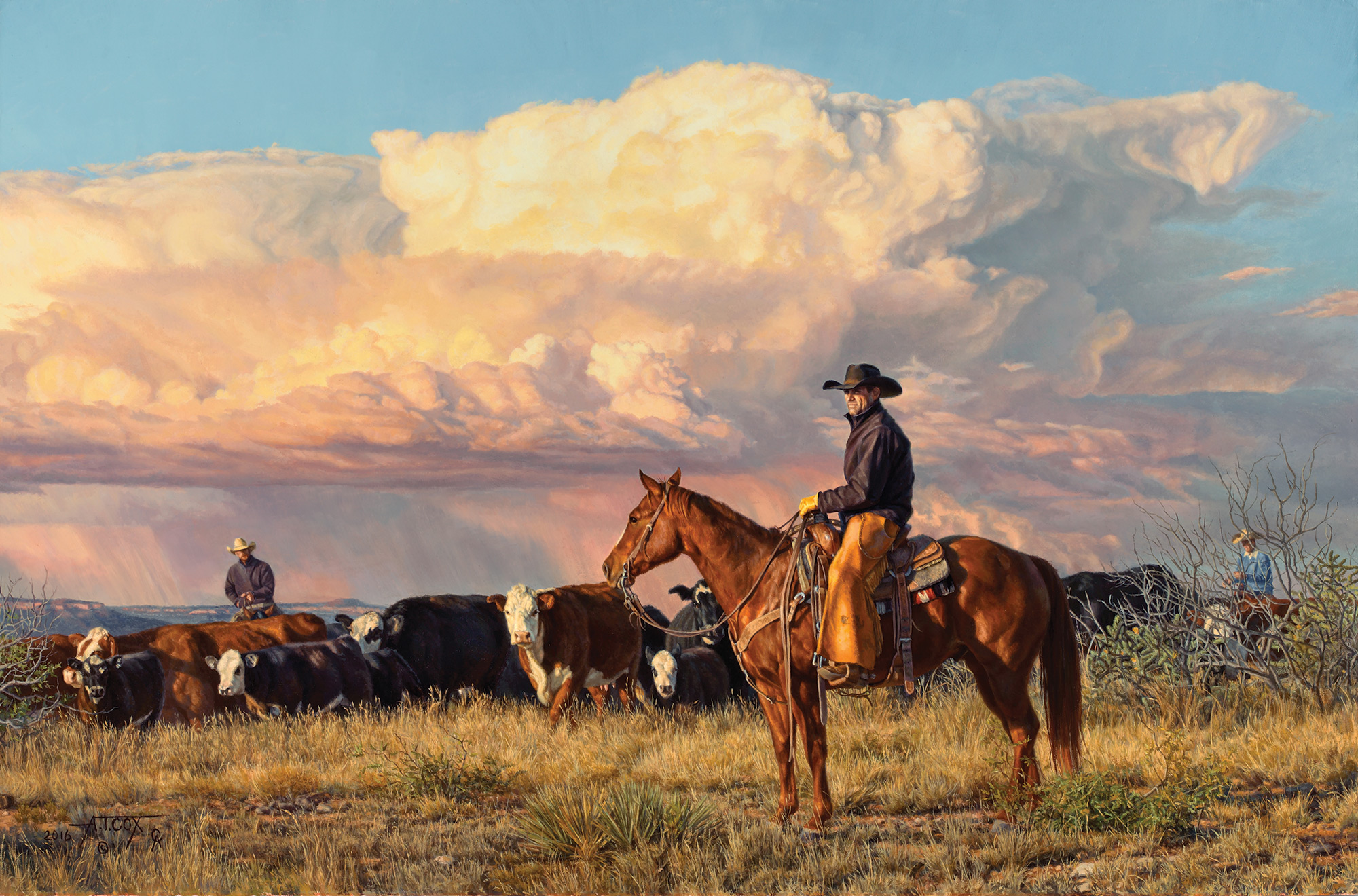
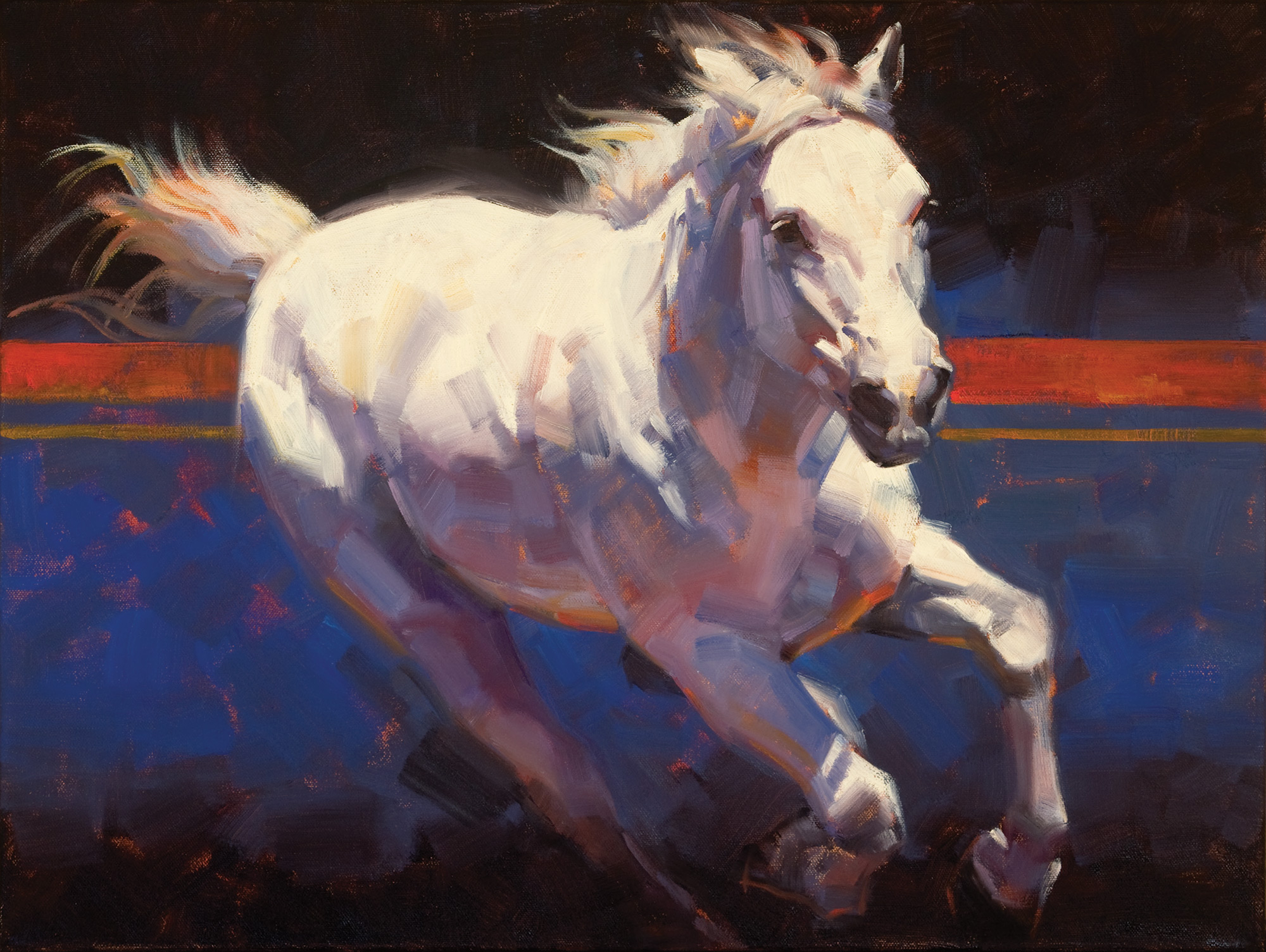

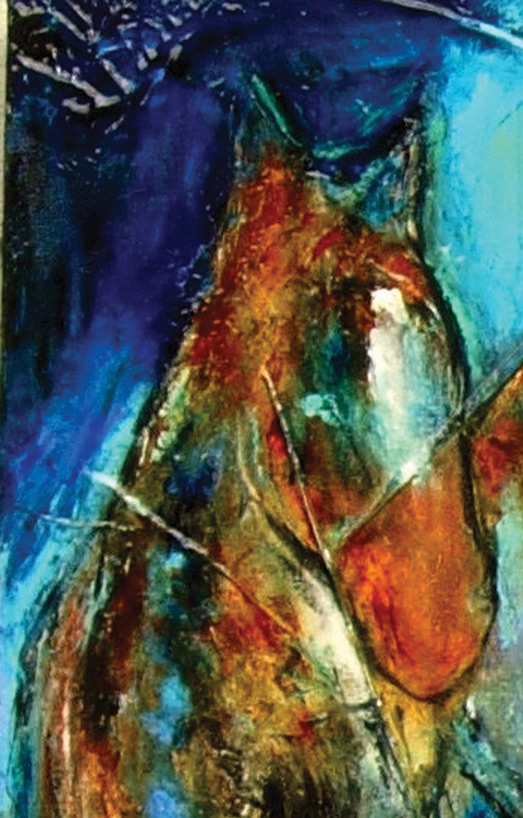
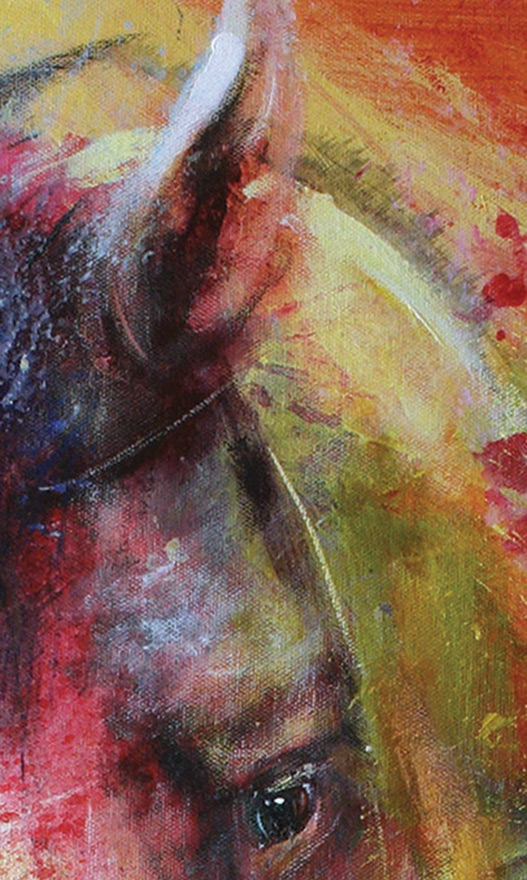
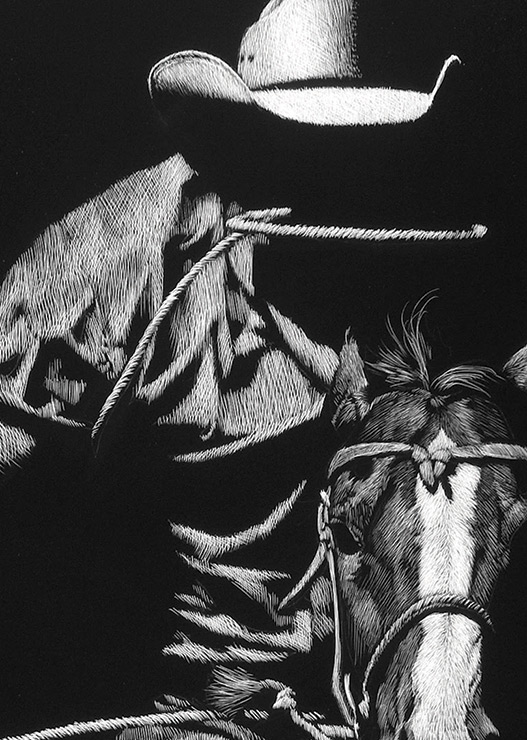
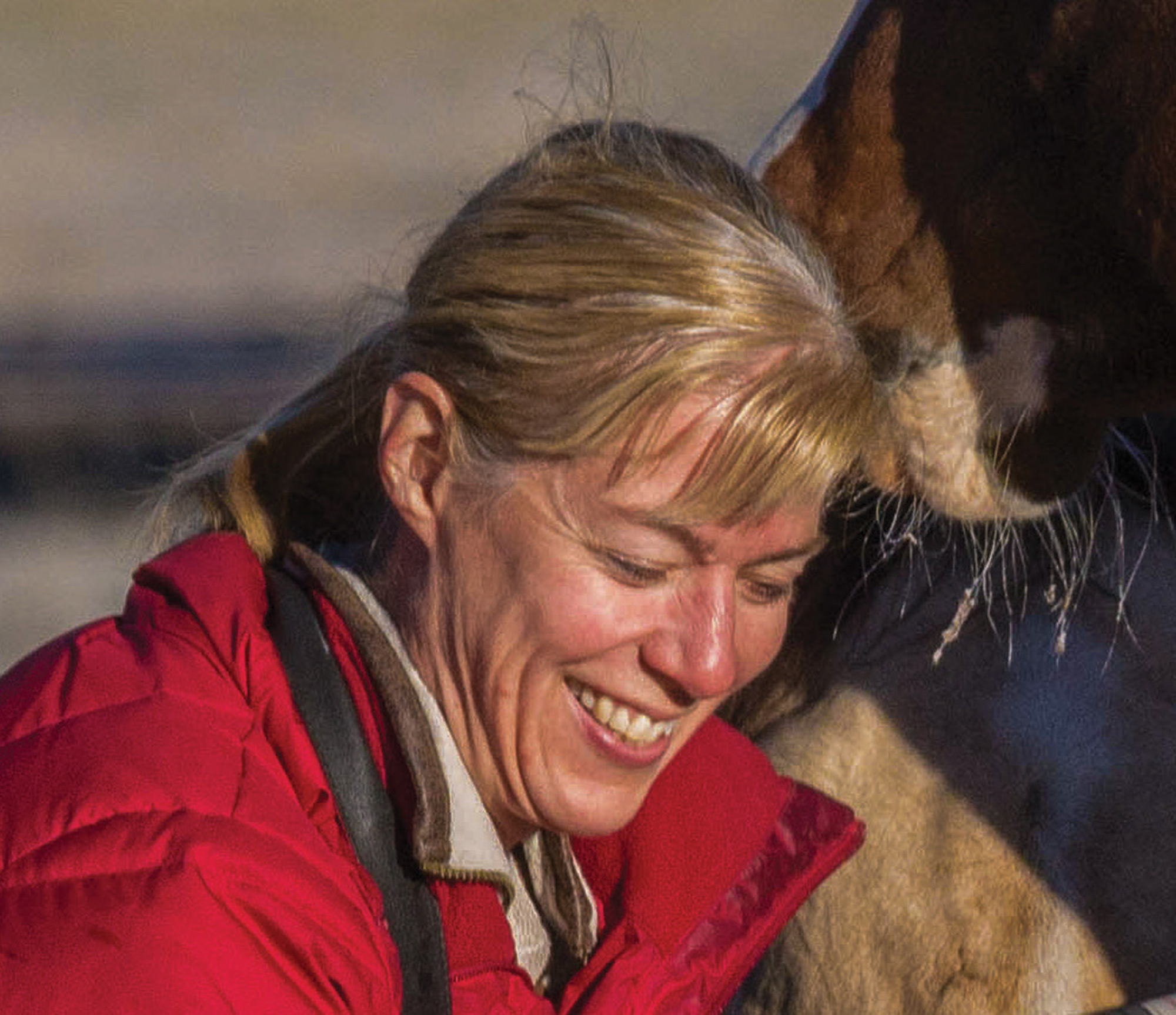
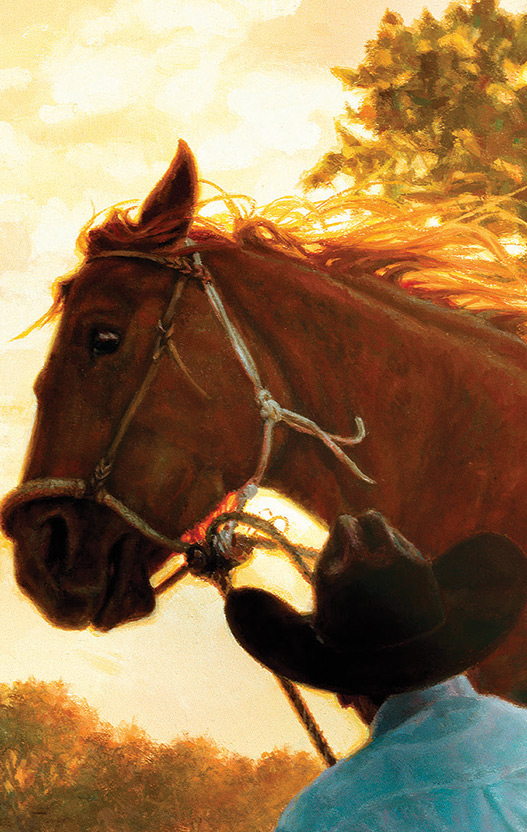
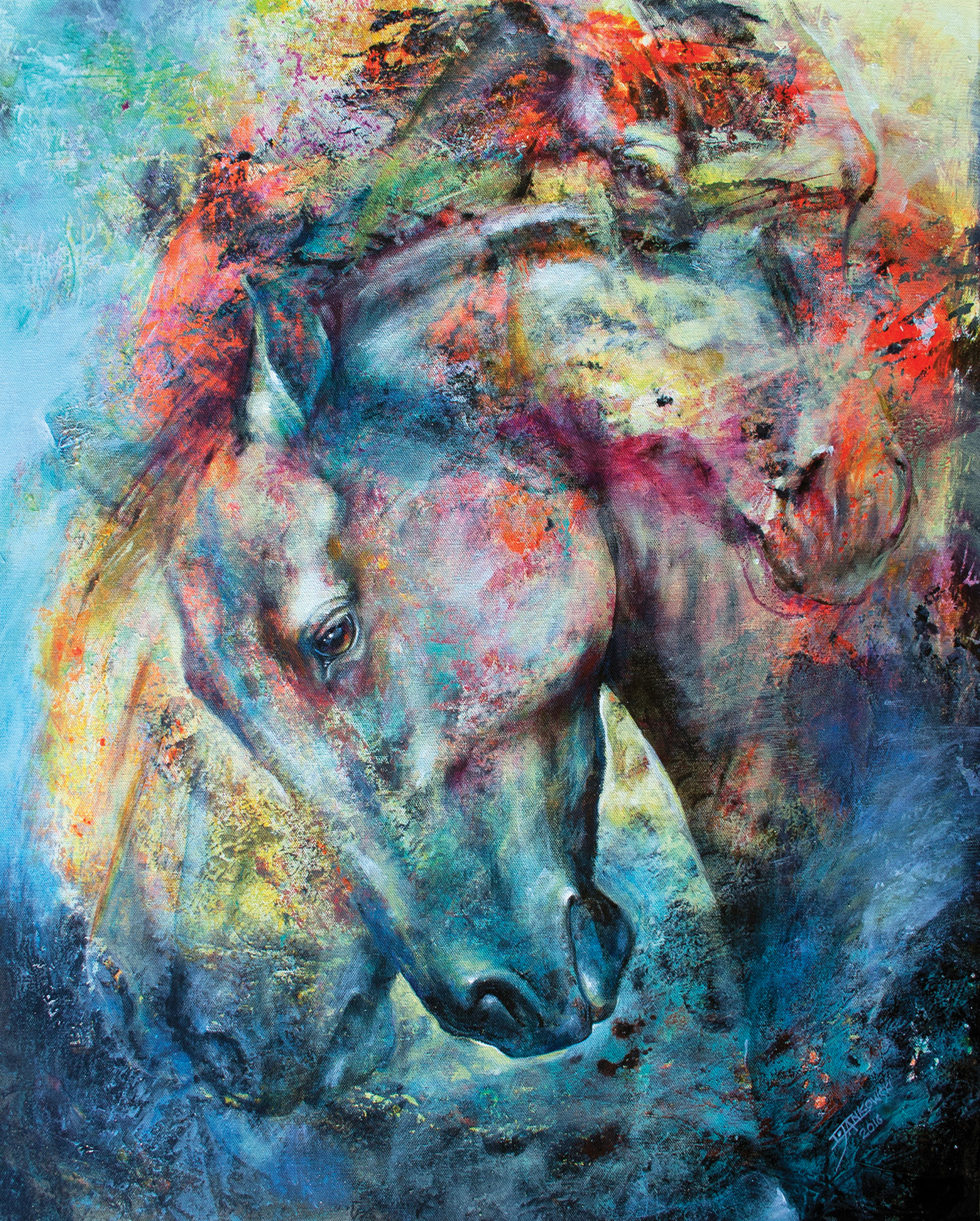
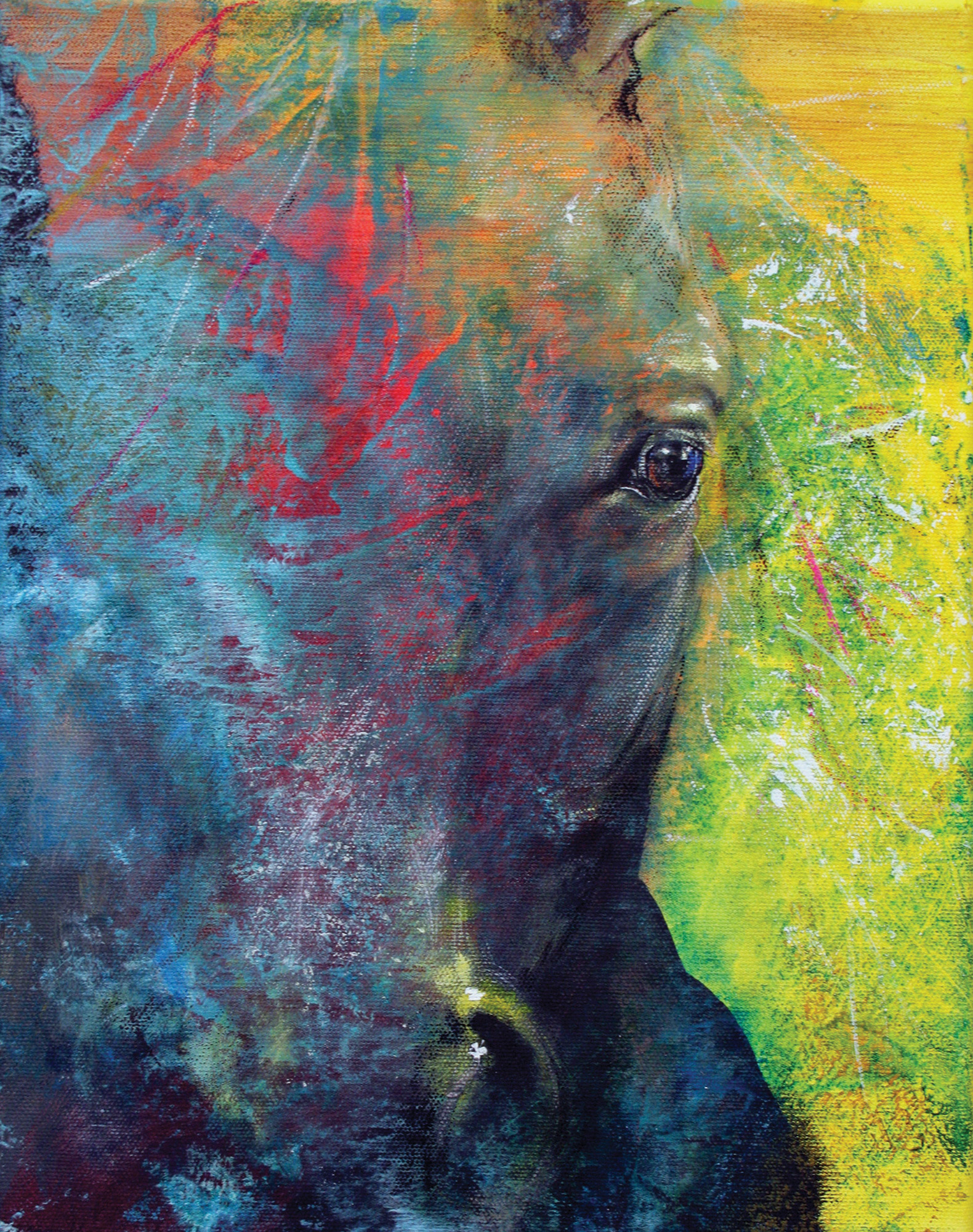

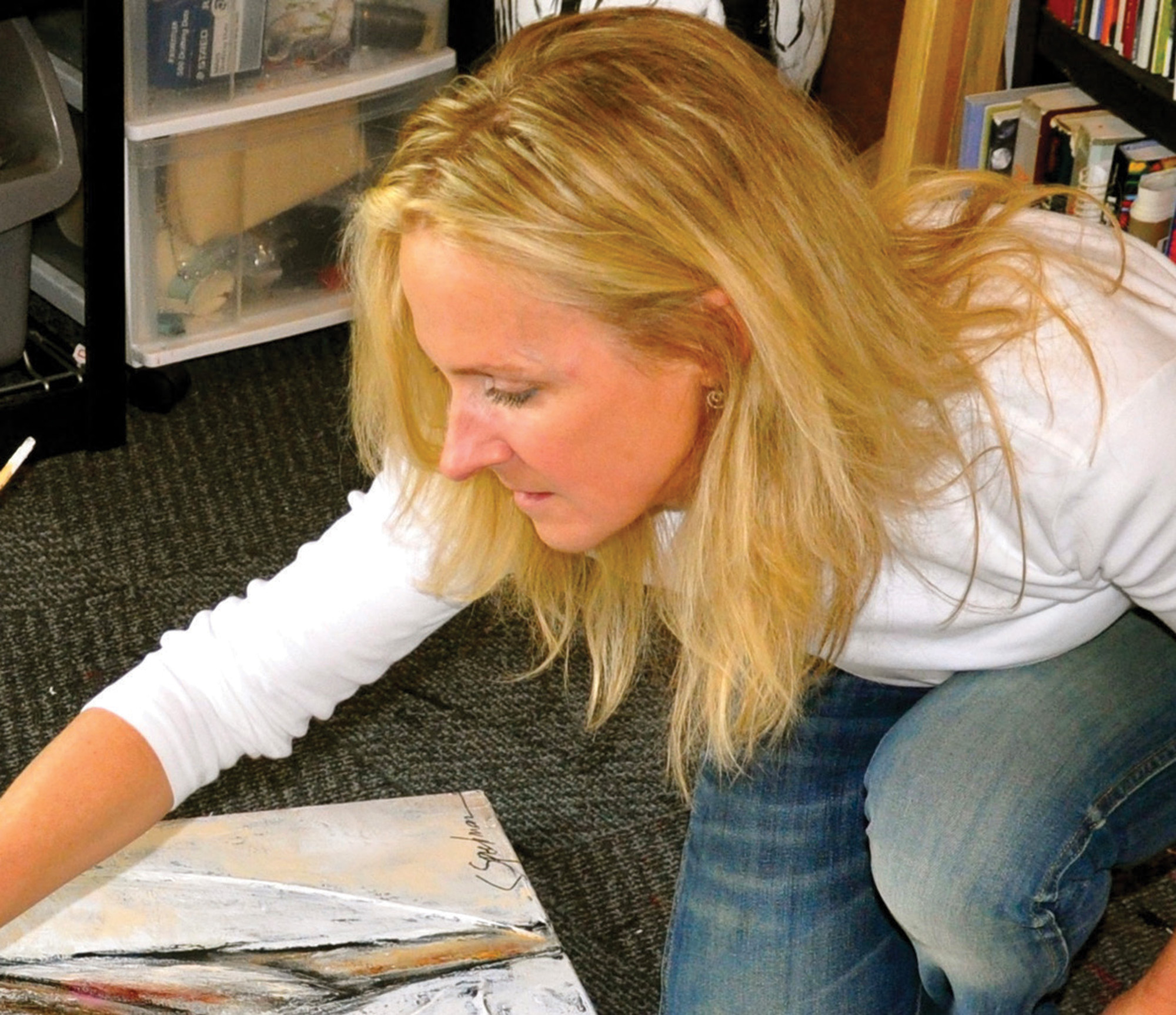
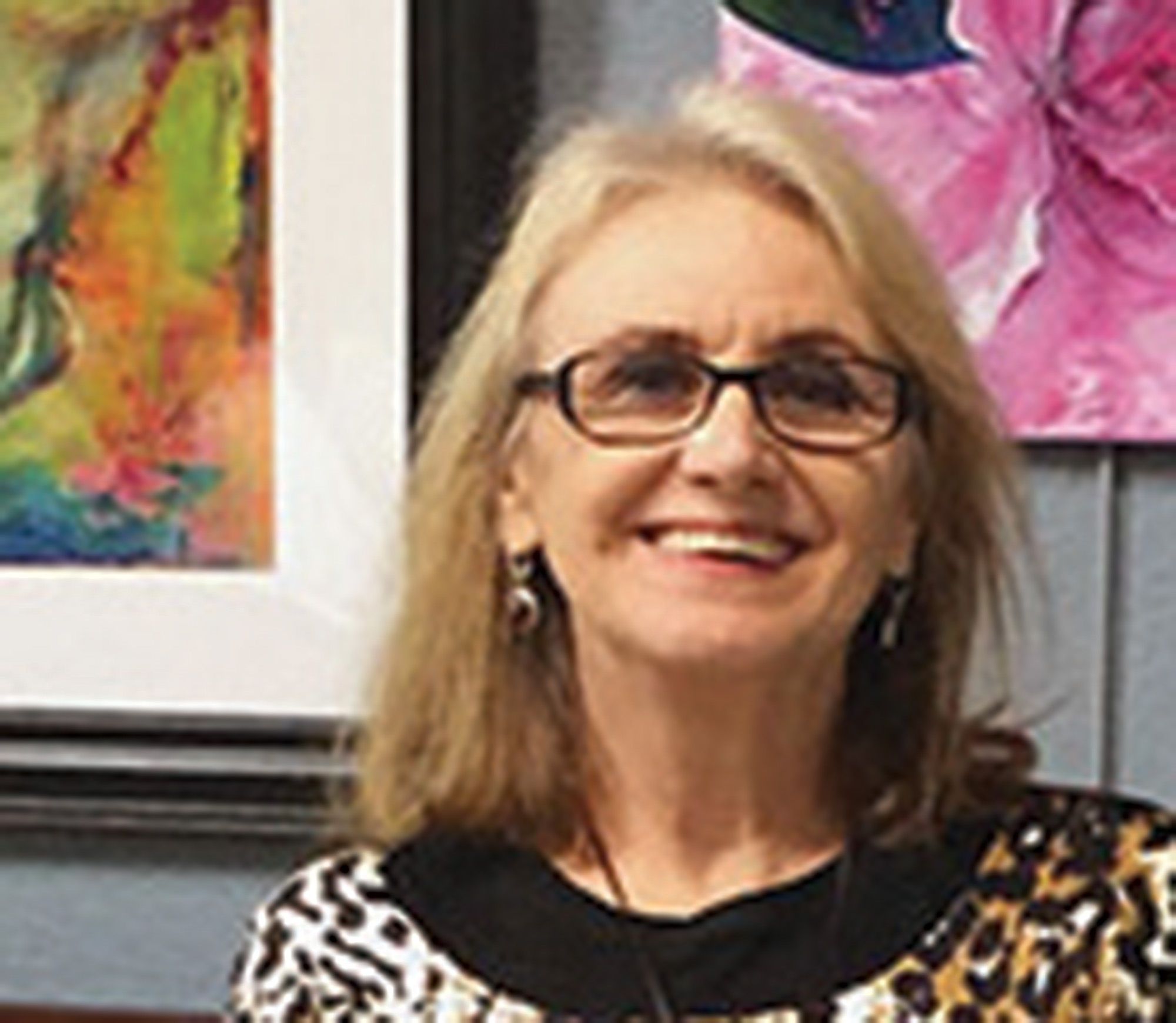
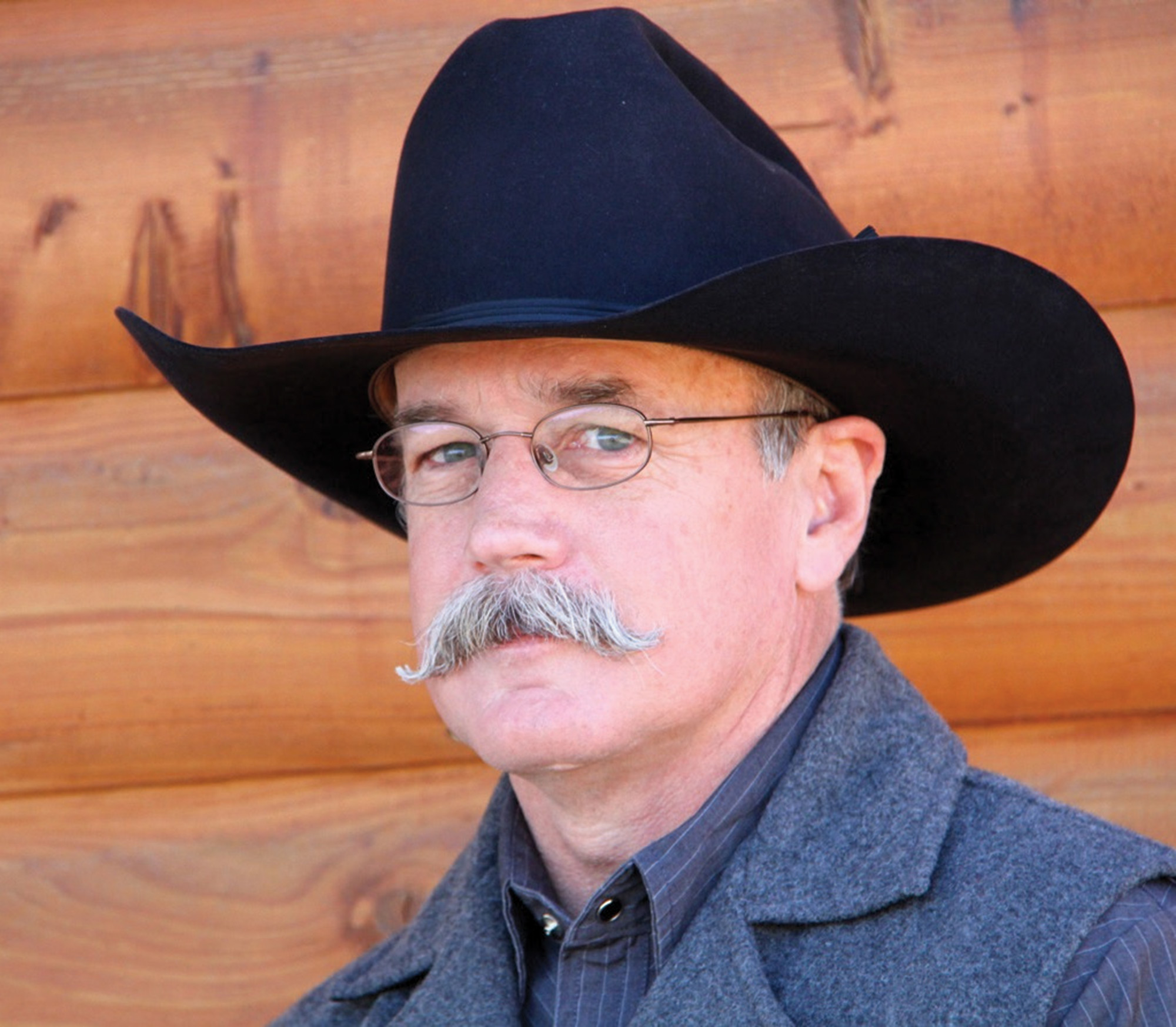

No Comments